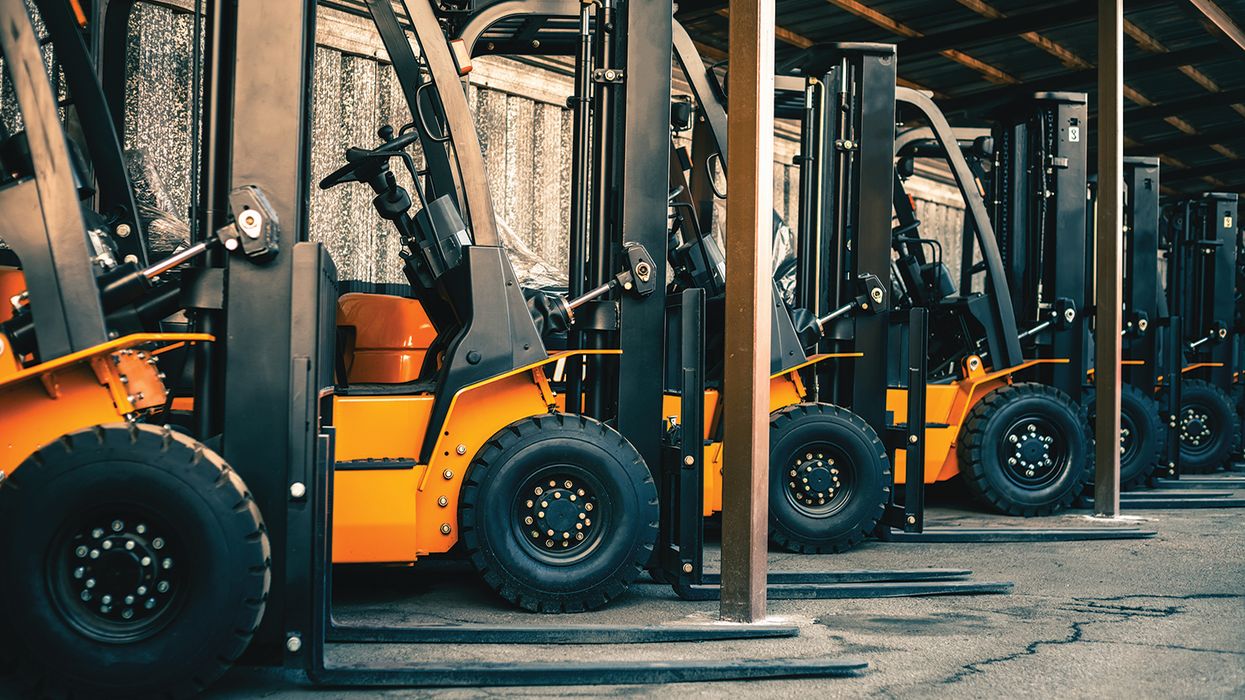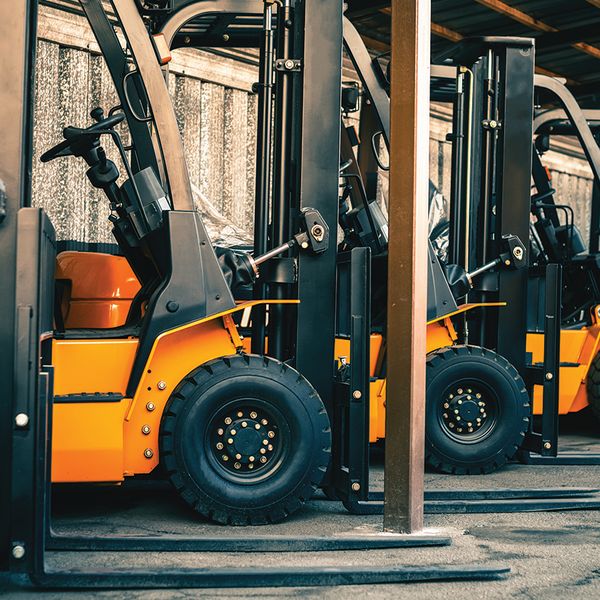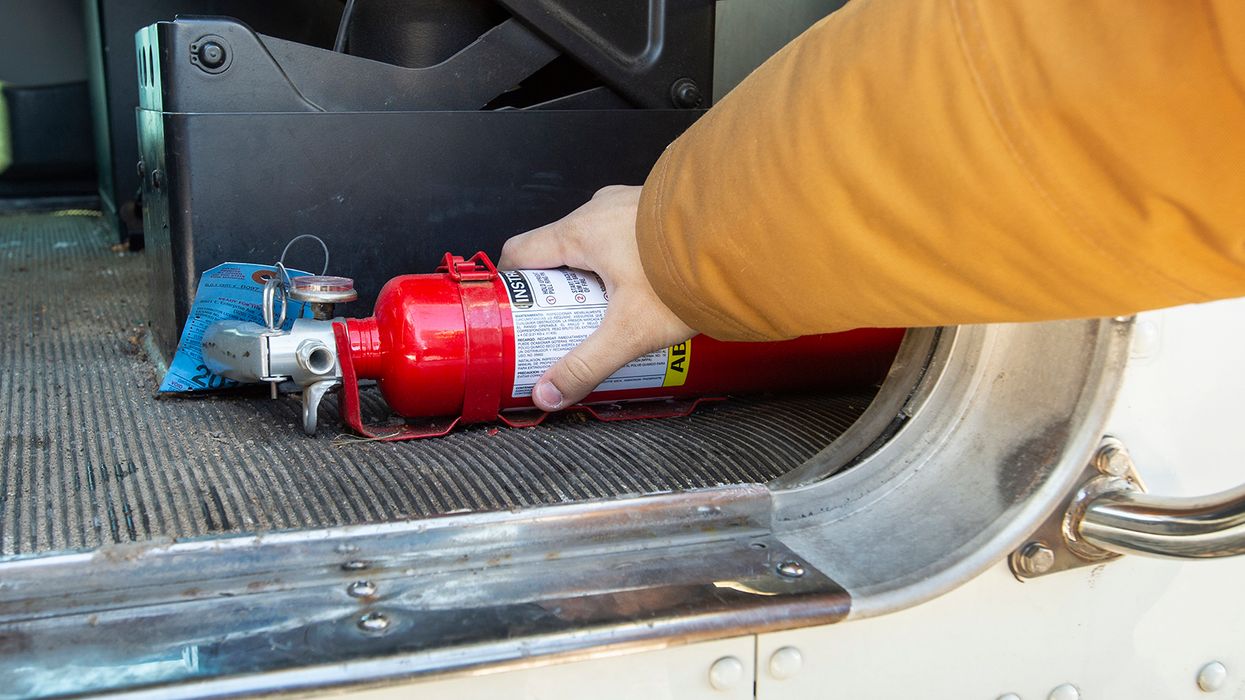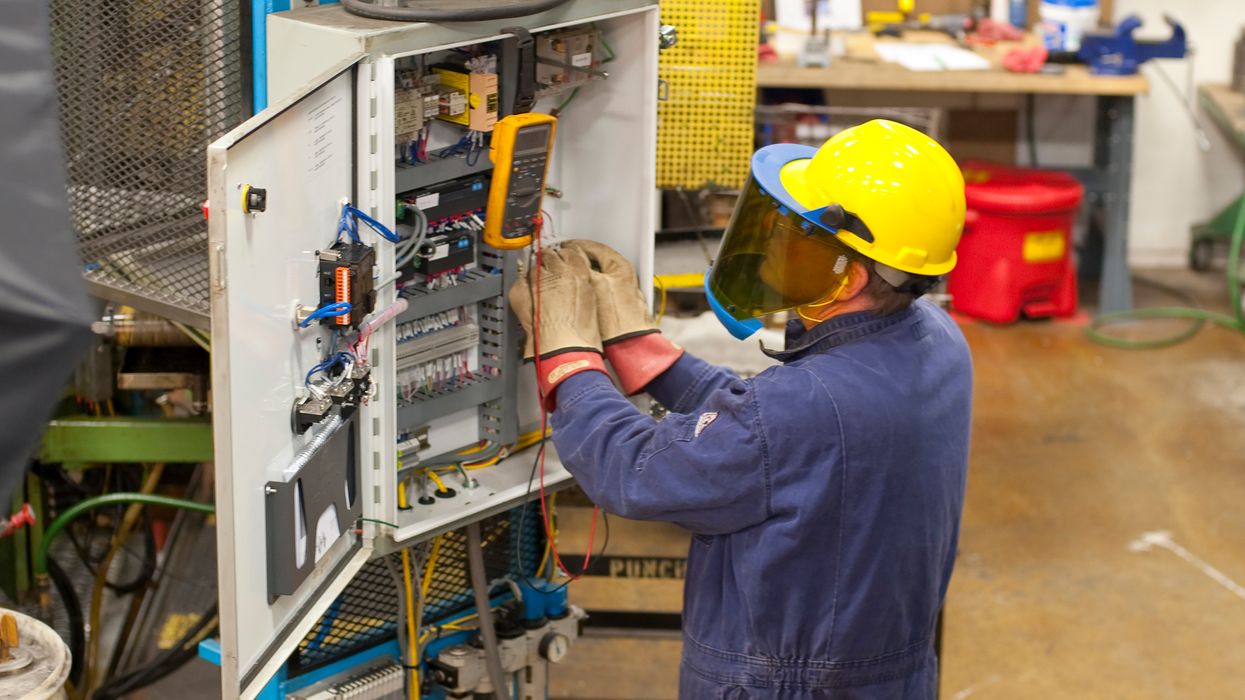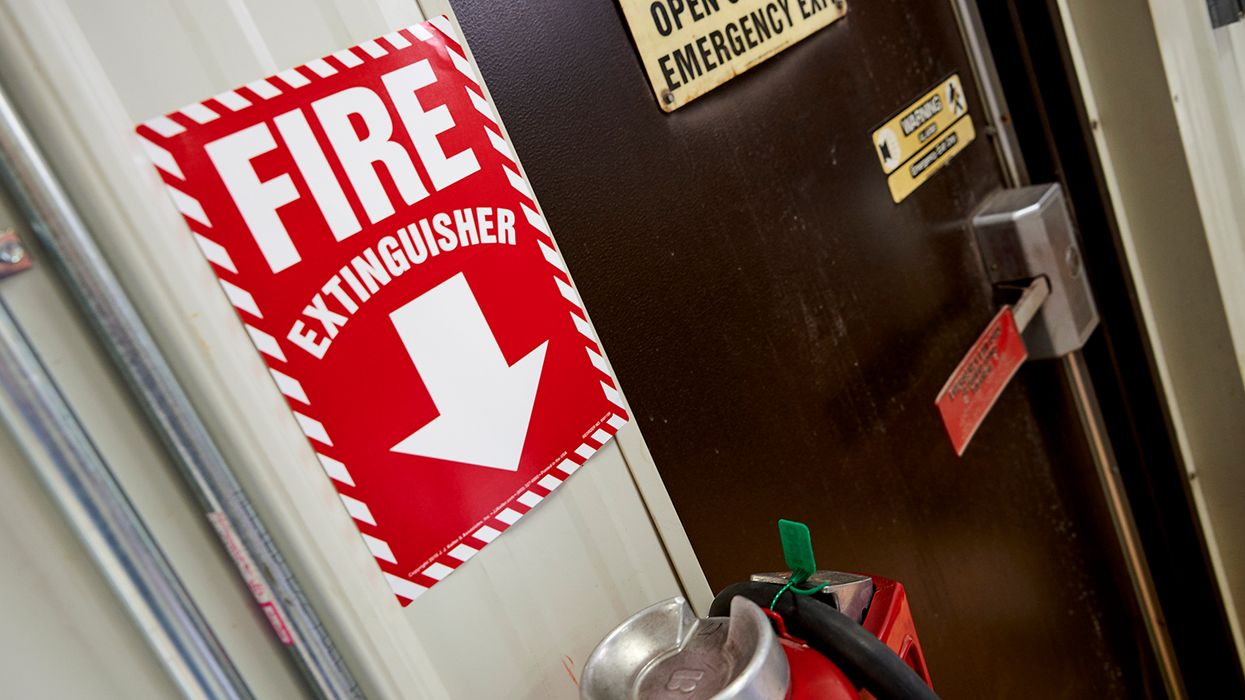The great forklift debate: Electric or fuel-powered?
Choosing the right forklift is vital to your workers, your company, and your bottom line and will affect operating costs, productivity, and employee safety. Employers should reflect on these safety, facility, and operational considerations when choosing a forklift:
- Operational, service, and maintenance needs/costs
- Indoor vs outdoor operations
- Operational hours, longevity, weight/height capacities, facility constraints
- Environmental impacts
- Worker impact - operator abilities/training, exposures, visibility, and ergonomics
Companies choose electric forklifts for many reasons, including fewer emissions, more energy-efficient, lighter weight, more compact, and a tighter turning radius for better maneuverability. Forklift operators may prefer electric forklifts for the decreased vibration, quietness, and improved visibility when reversing. Companies prefer electric forklifts for their comparable capability to fuel-powered forklifts and lower maintenance requirements, resulting in less down time.
Sounds like the perfect option? Before you rush to the nearest forklift dealer, it is important to consider challenges faced when using electric forklifts, the most glaring being the initial investment. Electric forklifts tend to be more expensive from the onset. They can also be very finicky in humidity, cold, or similar environments, so are typically for indoor use. These forklifts require diligence with recharging batteries to avoid productivity lags. In addition, workers may be exposed to corrosive materials while filling batteries or performing maintenance. Lastly, because they are very quiet, pedestrians can be at risk.
With fuel-powered forklifts, the initial investment is typically much less, and they tend to have longer lifespans. Their mechanical intricacies provide an average of 10% greater carrying capacity than their electric counterparts. These forklifts are sturdy, rugged, and highly maneuverable making them versatile for indoor or outdoor use. They operate at higher speeds with quicker acceleration giving power to perform difficult operations. The combustion provides noise that announces the presence of the forklift to pedestrians, and the tank is quick to fill resulting in less down time to recharge.
However, with fuel power comes fuel costs, including , higher maintenance costs for the replacing moving parts, and the costs linked to fuel emissions (permitting, ventilation, etc.). Fuel storage areas can result in flammability hazards and potential worker injury. Operators are challenged with vision obstructions from the tanks on the rear of these forklifts, and while idling, there is potential for unintended movement and unnecessary emissions. Operators are also exposed to more noise from the combustion engine and must be protected from hearing loss.
Here’s a quick comparison: At a Glance
| LOAD | SPEED | CARRYING CAPACITY | EMISSIONS | USE | INITIAL INVESTMENT | |
| Electric | 0-3 tons | 15-25 mph | 12,000 lbs | No | Indoor | $20,000-$30,000 |
| Fuel-powered | 0-55 tons | 15-25 mph | 120,000 lbs | Yes | Indoor/Outdoor | $15,000-$25,000 |
In the age of going green, it seems an electric forklift must be “better” because it is easier to maintain and has fewer emissions. However, a forklift is only as safe, useful, or green as your workplace will allow. If you still are not sure, consider renting one of each to see which better suits your needs.
As you can see, there are many considerations when deciding between an electric or fuel-powered forklift, and when the research is done properly, you will see that “better” really is in the eye of the beholder.

